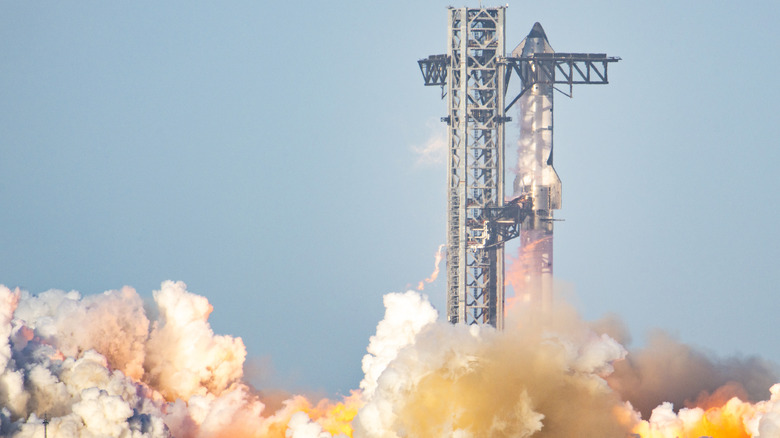
Why SpaceX's Starship Explosions Might Actually Be a Step Toward Mars
Let’s talk about something that’s been capturing a lot of headlines lately—SpaceX and its massive Starship rocket blowing up. Now, I know the idea of a rocket constantly exploding doesn’t inspire much confidence. It sounds more like a special effects reel from a disaster movie than the future of space exploration. But what’s actually going on here is a lot more fascinating than just fireballs and failure. So, why does SpaceX’s Starship rocket keep exploding?
To start with, Starship is not your average rocket. This thing is colossal—nearly 400 feet tall. It's the largest spacecraft ever constructed. It's made of two parts: the Super Heavy booster, which has 33 Raptor engines, and the Starship spacecraft itself, which has six more engines. The kicker? Both of these parts are meant to be fully reusable . That’s right—SpaceX wants to launch them, fly them back, refuel, and launch again. It’s like trying to make space travel work like commercial aviation.
The design is brilliant. But that brilliance comes with a price: complexity. When you push the limits of what’s ever been done in aerospace, you’re bound to hit snags. And in the case of Starship, some of those snags have been...well, explosive.
Also Read:- A Simple Scratch—How Rabies Took a Life and What We Must Learn
- Xabi Alonso's Debut Ends in Frustrating 1-1 Draw for Real Madrid
Now, a lot of these explosions? They’re actually intentional . Yeah, really. U.S. federal law requires all rockets to have a Flight Termination System—basically, built-in explosives to destroy the rocket if something goes wrong. It's designed to prevent a malfunctioning rocket from crashing into a populated area. So if a flight starts veering off course or some systems fail, SpaceX hits the self-destruct button. It’s dramatic, sure, but it’s also smart and necessary.
In other cases, though, the explosions haven’t been on purpose. On the first flight, Starship kicked up a "rock tornado" and spun out of control. On other flights, there’ve been engine failures, fuel leaks, and even a breakup during re-entry into Earth’s atmosphere. Each of these instances teaches the engineers at SpaceX something new. Every time something goes wrong, they go back to the drawing board and try again—better.
SpaceX calls this approach “rapid iteration.” They’re not building one rocket every five years, testing it once, and then crossing their fingers. They're launching early and often, fixing problems, and learning fast. Sure, it means you see a lot of explosions, but those are lessons—not just losses.
The most recent launch on May 27, 2025, was a perfect example. The rocket actually made it to space, but then things went sideways during re-entry. A propellant leak led to the spacecraft breaking apart. No fiery self-destruct, no elegant landing—just a high-speed crash course in reality. But even that flight marked a milestone: it reused a previously flown Super Heavy booster, which is a huge step forward.
So yeah, it looks messy. It is messy. But that’s the cost of pushing the boundaries. Every "rapid unscheduled disassembly" is one step closer to a rocket that doesn’t explode at all. And that’s what SpaceX is chasing—a rocket that can take humans not just to the Moon, but all the way to Mars. That dream is still alive, fueled by failures that are designed to teach.
So the next time you see headlines about another SpaceX explosion, remember—it might just be part of the plan.
Read More:

0 Comments